Big cats, with their mesmerizing grace and commanding presence, are not just charismatic predators; they are also masters of territorial management. This article delves into the fascinating world of big cats, exploring how these awe-inspiring creatures maintain their territories and defend their borders. For cat enthusiasts, this insight reveals the complex balance of nature and the instinctual behaviors that have evolved over millennia.
The Importance of Territory for Big Cats
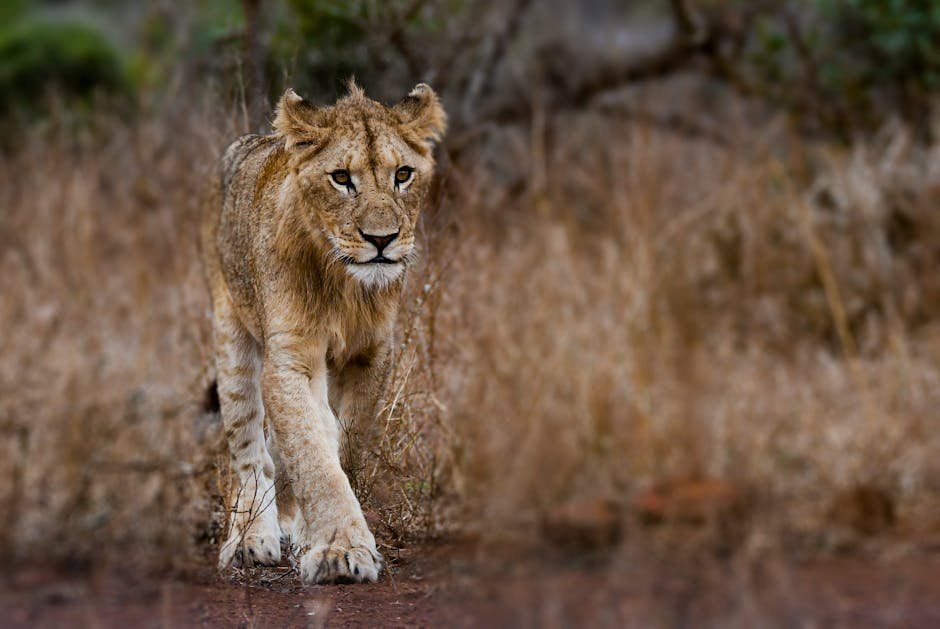
Territory is the lifeline for big cats, providing them with the essential resources needed for survival. These resources include food, water, and a safe space to live and reproduce. Each species of big cat has unique territorial needs, influenced by factors like prey availability and habitat conditions. For instance, lions, which live in prides, often have territories spanning several hundred square miles. In contrast, solitary leopards may occupy a smaller area, as their needs differ. Territory helps reduce competition among individuals, ensuring each cat has access to the resources it needs to thrive.
How Big Cats Establish Their Territories
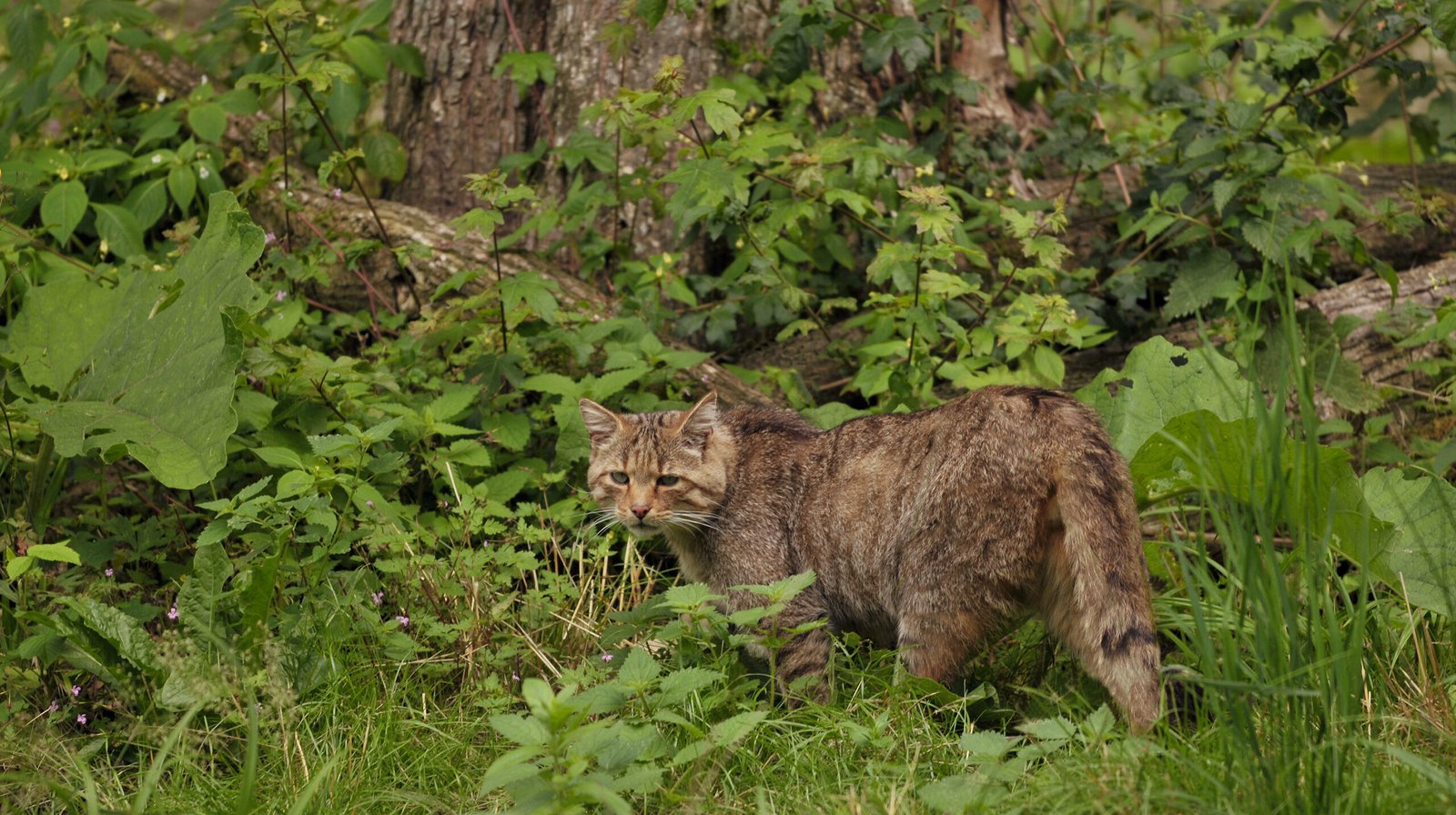
Big cats establish their territories through a sophisticated mix of scent marking, vocalizations, and physical displays. Scent marking plays a pivotal role, with cats using urine, feces, and glandular secretions to mark their presence. This olfactory messaging serves to delineate boundaries and deter potential intruders. Vocalizations, from the mighty roar of a lion to the more subtle chuffing of a tiger, serve as auditory signals that assert dominance over an area. Physical displays, such as posturing and growling, are also employed to communicate territorial claims.
Scent Marking: A Key Strategy

Scent marking is an intricate behavior central to territory maintenance. When a big cat marks its territory, it leaves behind chemical signals conveying information about its identity, reproductive status, and health. This method warns others to stay away while also attracting potential mates. The act of marking is often ritualistic, with cats returning to specific spots to refresh their scent markers regularly. This ensures that their presence is consistently communicated, keeping rivals at bay.
Vocalizations and Their Significance
Vocalizations are a crucial component of territory defense for big cats. Each species has its unique sounds that convey different messages. Lions use their powerful roars to establish dominance and communicate with pride members, while tigers may use chuffing to signal their presence without escalating to conflict. These vocalizations are vital in maintaining social structures and avoiding unnecessary confrontations, acting as audible deterrents to potential intruders.
Physical Displays of Dominance
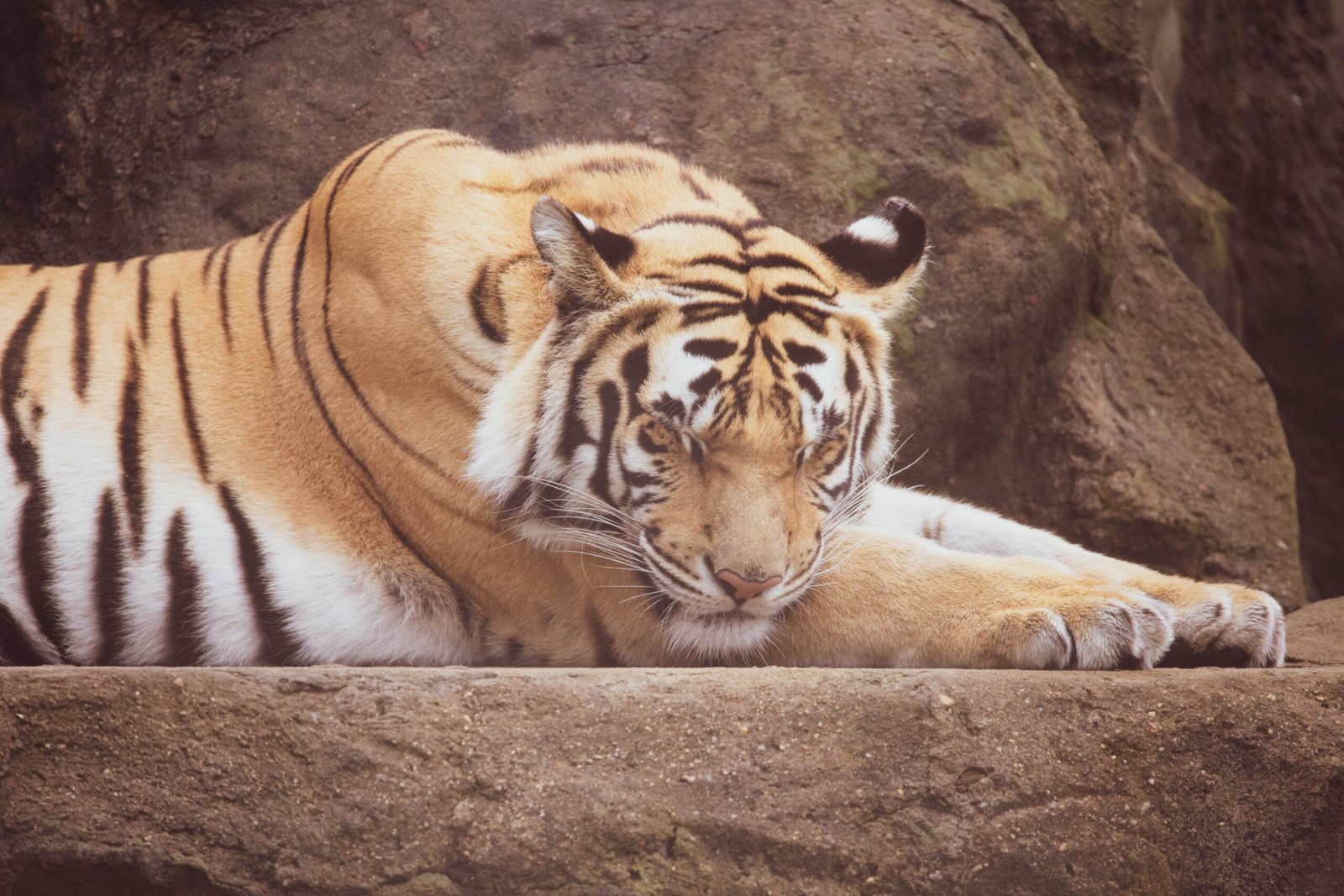
Beyond scent marking and vocalizations, big cats engage in physical displays to assert dominance. These displays can include posturing, growling, and even aggressive behaviors like charging or swatting at intruders. Such behaviors serve as potent warnings, signaling other cats to back off. Physical confrontations are risky and energy-intensive, so these displays help avoid direct conflict, preserving the cat’s energy for essential activities like hunting and reproduction.
The Role of Social Structure in Territory Defense
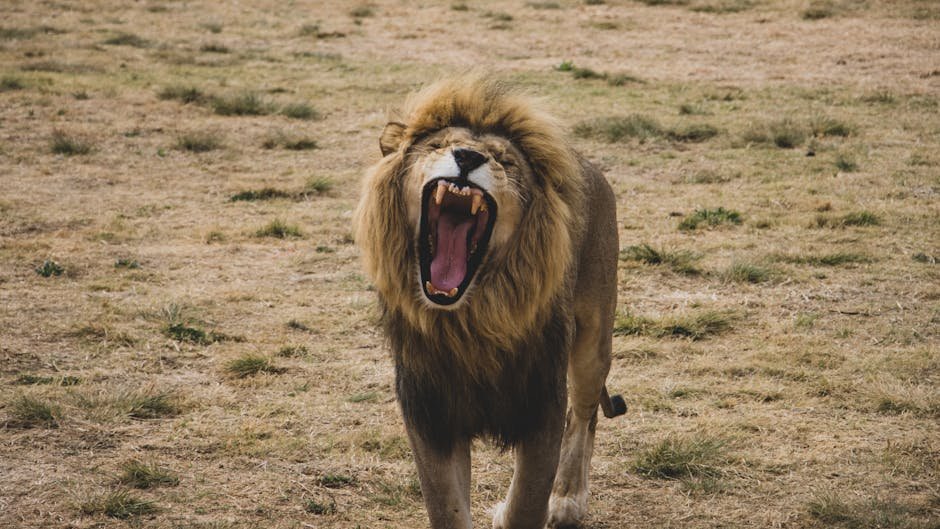
The social structure of big cats varies significantly between species and influences how territories are defended. Lions, for example, live in prides where cooperative behaviors help defend their territories against intruders. In contrast, solitary big cats like tigers and leopards rely on individual strength and cunning to protect their domain. Understanding these social dynamics is essential for appreciating how different species navigate their environments and maintain their territories.
Territorial Disputes and Conflicts
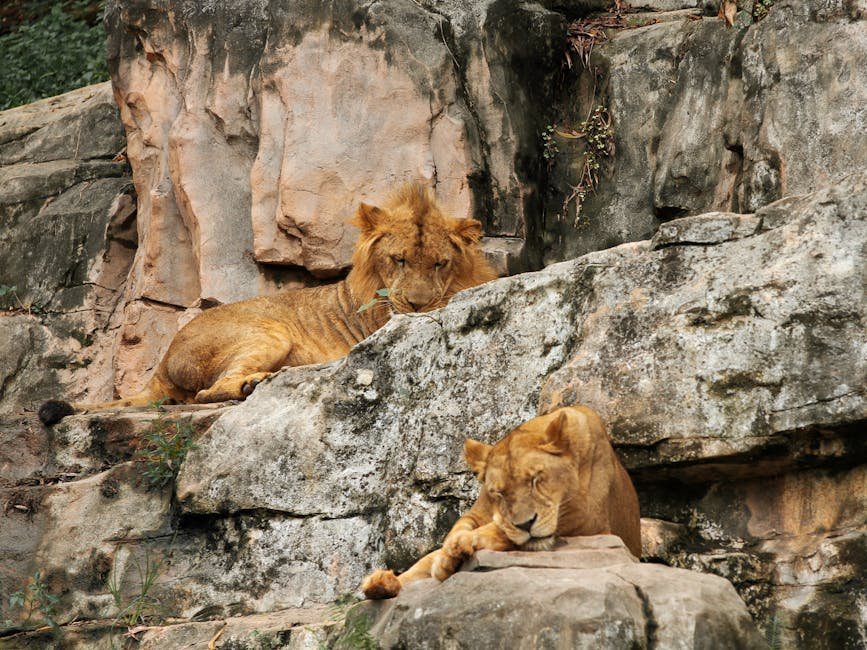
Territorial disputes among big cats are common, particularly when resources are scarce. These conflicts can lead to fierce battles, sometimes resulting in injuries or even death. When two males encounter each other, they may engage in a display of strength, which can escalate into a physical fight. Such confrontations are risky, and cats often prefer to avoid them by using vocalizations and scent markings to assert their presence and deter rivals.
The Impact of Habitat on Territory Size

The size of a big cat’s territory heavily depends on its habitat. In areas with abundant prey, such as savannas or dense forests, territories may be smaller due to readily available resources. Conversely, in arid regions where food is scarce, cats may need to roam over larger areas to find sustenance. This adaptability showcases the resilience of big cats and their ability to thrive in diverse environments, adjusting their territorial needs based on habitat conditions.
Seasonal Changes and Territory Dynamics
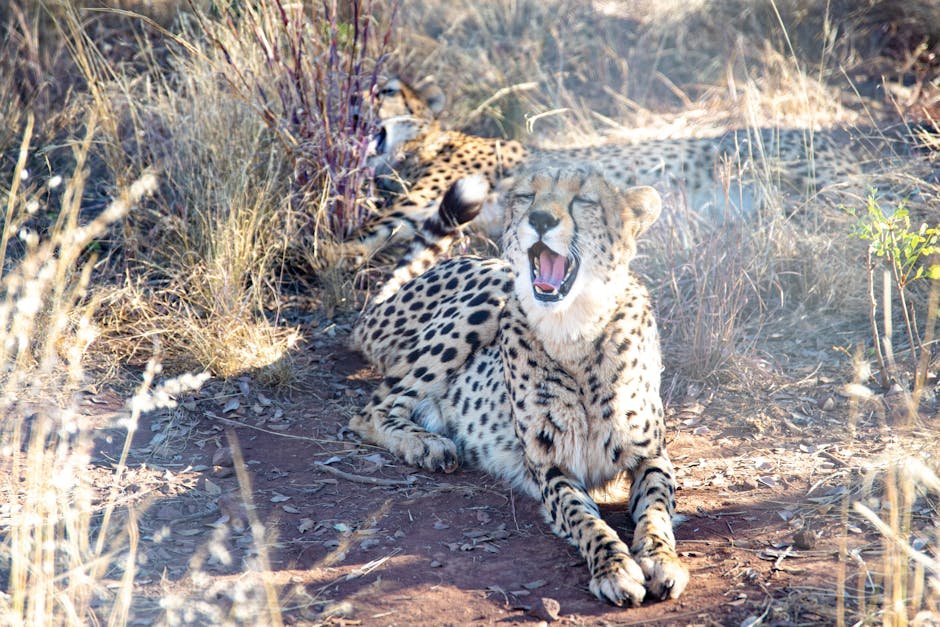
Seasonal changes can significantly impact territory dynamics for big cats. During mating season, male big cats may expand their territories to attract females, leading to increased competition and potential conflicts. Conversely, during times of food scarcity, cats may reduce their territorial range to conserve energy. Understanding these seasonal behaviors is crucial for wildlife conservation efforts, as it helps predict how big cats will interact with their environment throughout the year.
The Influence of Human Activity on Territories
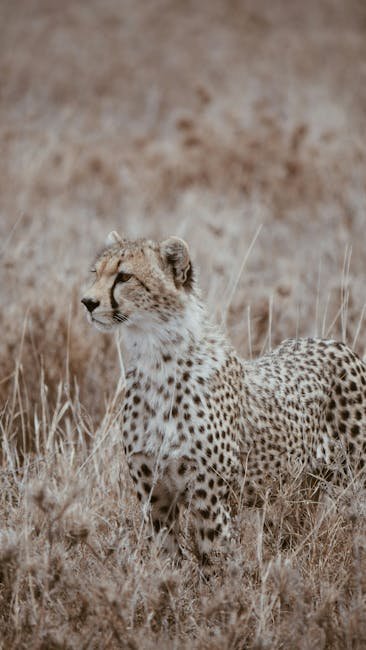
Human activity poses significant challenges to big cats and their territories. Habitat loss due to urbanization, agriculture, and deforestation fragments territories, making it difficult for cats to find mates and resources. Additionally, poaching and illegal hunting further threaten their populations. Conservation efforts are essential to protect these magnificent creatures and their habitats, ensuring they can maintain their territories for generations to come.
Conservation Efforts to Protect Big Cats
Conservation organizations around the world are working tirelessly to protect big cats and their territories. Initiatives include habitat preservation, anti-poaching measures, and community education programs. By involving local communities in conservation efforts, these organizations aim to create a sustainable coexistence between humans and big cats. Supporting these initiatives is vital for the survival of these iconic species and the preservation of their natural habitats.
The Role of Technology in Monitoring Territories
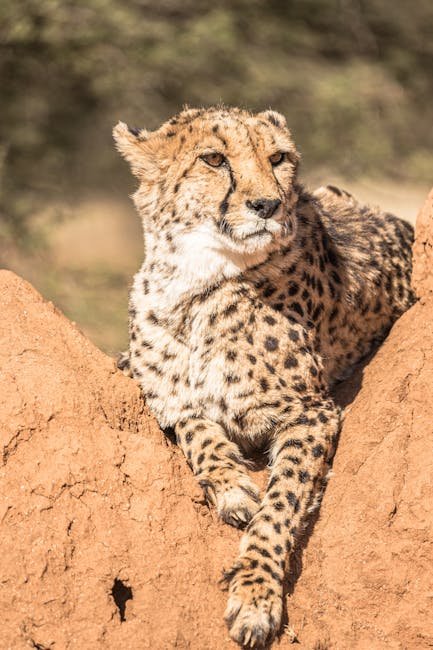
Technological advancements have revolutionized how researchers study big cats and their territories. GPS collars and camera traps allow scientists to track movements, monitor behaviors, and gather valuable data on territory size and dynamics. This information is crucial for developing effective conservation strategies and understanding how big cats interact with their environments. Technology is proving to be an invaluable tool in the ongoing efforts to protect these majestic creatures.
The Future of Big Cats and Their Territories

The future of big cats and their territories relies on our collective efforts to protect their habitats and mitigate human impacts. As awareness grows about the importance of these magnificent creatures, more people are becoming advocates for conservation. By fostering a deeper understanding of big cats and their territorial behaviors, we can inspire action to ensure their survival in the wild, allowing future generations to witness their beauty and strength.
The Emotional Connection Between Humans and Big Cats

Big cats evoke a sense of awe and admiration, creating an emotional connection that transcends species. Their beauty, strength, and grace captivate our hearts, making us more inclined to protect them. This bond between humans and big cats is essential for fostering a culture of conservation, encouraging individuals to take action to safeguard these incredible animals and their territories.
The Importance of Education and Awareness
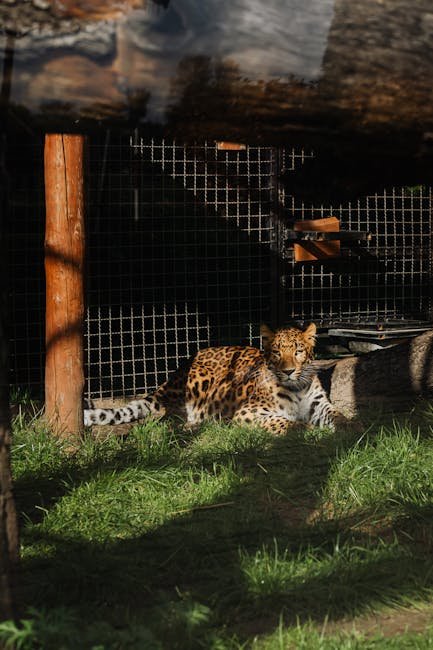
Education plays a crucial role in promoting awareness about big cats and their territorial behaviors. By sharing knowledge about their ecological significance and the challenges they face, we can inspire others to become advocates for conservation. Engaging with communities, schools, and social media platforms helps spread the message and encourages collective action to protect these magnificent creatures and ensure their continued existence.
Conclusion
Big cats are remarkable animals exhibiting complex behaviors when it comes to maintaining their territories and defending their borders. From scent marking to vocalizations and physical displays, these strategies are essential for their survival in the wild. As we learn more about these majestic creatures, it becomes increasingly important to advocate for their protection and conservation. By understanding their territorial behaviors and the challenges they face, we can contribute to a future where big cats continue to roam the earth, inspiring awe and admiration in generations to come.

Soham is from the rich tapestry of India, and has traveled through its several states and experienced its various cultures. Proud parent to three delightful feline furballs and looking to adopt more in the coming days. A self-taught writer who learned everything with experience. His path led him to a fulfilling profession spanning more than six years in digital marketing and writing along with a master’s degree in marketing. Knowing what interests readers motivates him. Filled with a profound fascination for the planet, his goal is to travel the world and discover everything from lush forests to towering mountains, sandy deserts to vast oceans, driven by a deep curiosity for our planet’s intricacies and beauty of creation.






